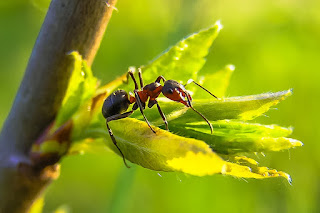I’m a Yak
I’m a Yak
Strong and steady, built for the mountains where the air is thin and the snow never leaves. Some say I look like a giant, shaggy cow, but I am far more than that. My thick fur keeps me warm when icy winds blow, and my sturdy hooves help me climb the highest peaks.
I live where few others dare to go, high in the Himalayas, where the sky touches the earth. Up here, the wind howls, the rivers freeze, and the ground is covered in snow for most of the year. But I am made for this life. My heart beats strong, my breath is deep, and I can carry heavy loads across rugged paths that no cart or wheel could ever cross.
I do not live alone. Yaks are herd animals, and we move together like one great, furry wave across the mountains. Our herd can be small, just a few families, or as large as a hundred strong. Females (cows) and their young stay together, while the biggest males (bulls) sometimes wander alone or in small bachelor groups. But when the time comes to protect the herd, even the solitary bulls will return, lowering their great horns to face any threat.
A mother yak is the heart of the herd. She protects her calf fiercely, nursing it for a whole year before teaching it to graze on its own. Calves stay close to their mothers for several years, learning how to find food buried beneath the snow and how to survive the mountain’s many dangers. When young males grow older, they often leave to join other herds or strike out alone, but the females stay, continuing the circle of life.
A yak’s day begins with the rising sun, its golden light spilling over the snowy peaks. We wake up huddled close, our breath forming clouds in the morning air. We shake the frost from our fur and begin our search for food. In summer, we graze on soft green grasses and wildflowers. In winter, we use our hooves to dig through the snow, uncovering tough, frozen grass beneath.
Our days are spent wandering, climbing, and grazing. We follow the seasons, moving to lower valleys in winter where food is easier to find, and returning to the high meadows in summer where the grass is fresh. When the sun sets and the air grows colder, we rest together, forming a circle for warmth. The night belongs to the wind, the snow, and the silent predators that prowl the mountains, but we are strong, and we are many.
Males (bulls) are much larger than females (cows). A bull can weigh over 2,000 pounds and stand over six feet tall at the shoulder, while a cow is smaller, usually around half that size. Bulls have longer, thicker horns and are more likely to roam alone, while cows stay with the herd, raising calves and leading the group to food and safety.
A yak lives a long life in the mountains. Wild yaks can live 20 to 25 years, while domesticated yaks, cared for by humans, can live up to 30 years. Through the seasons, through the storms, we endure.
There are two kinds of yaks, the wild yak who roams free across the Tibetan Plateau, and the domesticated yak, who lives alongside humans.
Wild yaks are larger, darker, and more cautious, avoiding people whenever possible. They were once hunted to near extinction, but today, they are protected. Domesticated yaks, however, have learned to trust humans, helping them carry supplies, providing milk and wool, and even acting as companions in the highlands.
I am a yak, the guardian of the high places. I do not fear the cold, the wind, or the steepest slopes. My ancestors have walked these mountains for thousands of years, and I will follow their hoofprints, step by step, breath by breath.
The wind is my song, the mountains are my home, and no storm can break me.
I’m a yak







Comments
Post a Comment